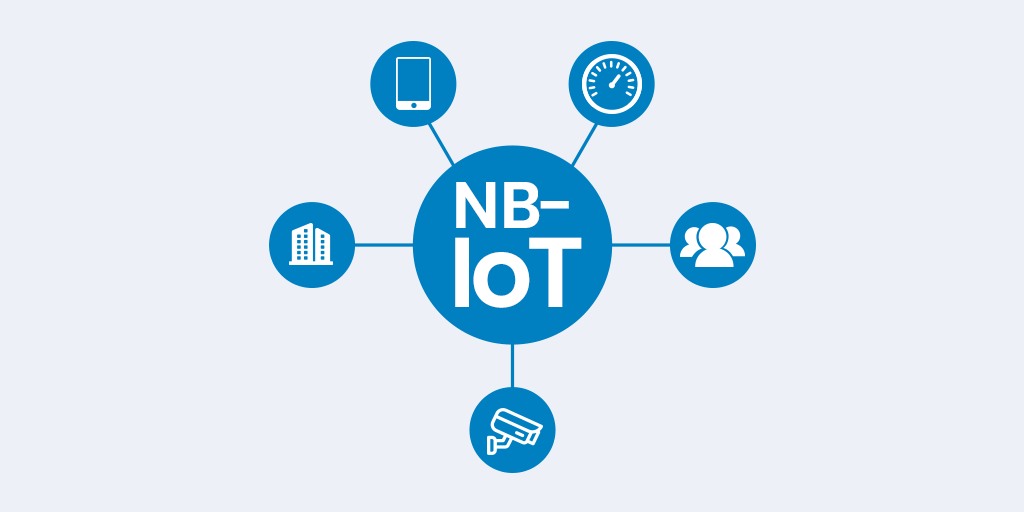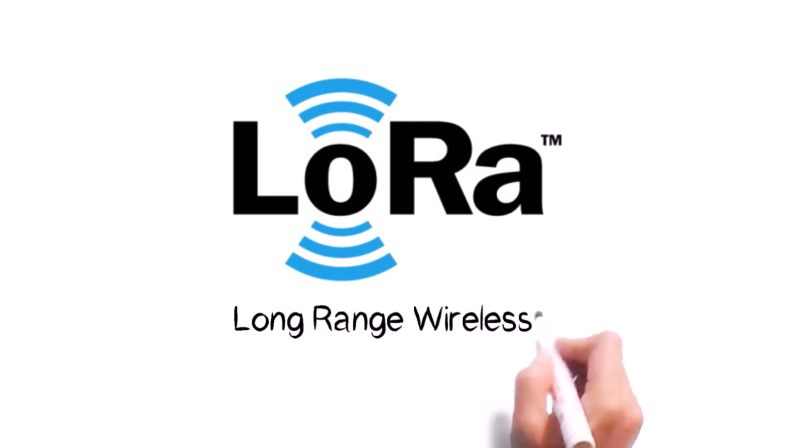
In the era of mobile Internet, users use network services through corresponding terminals, and “individuals” have always been the main users of the network. Personal requirements for network quality are “high” and “unified”: network transmission requires low latency and high bandwidth, and network disconnection is not allowed during use.
In the era of the Internet of Things, such as IP cameras, applications in various fields have very different requirements for the quality of information collection, transmission, and calculation; the environments for system and terminal deployment are also different, especially in the vastly different industrial environment; in addition, when enterprises build applications, they also Need to consider technical constraints and cost control.
Therefore, the demand for connection in different industries has gradually begun to implement “personalized” development, and different connection technologies and requirements have been launched. In this process, LoRa and NB-IoT stand out among many connection communication technologies and become the most Connectivity technology that meets the requirements of the Internet of Things.
However, the two technologies are not much different in function and ability. Once the two are placed in front of users, they are like two choices and cannot be effectively selected.
This article will discuss the advantages and disadvantages of LoRa and NB-IoT, and their comparison.

NB-IoT: IoT connection under independent intellectual property rights
Narrow Band Internet of Things (NB-IoT) is an important branch of the Internet of Everything. NB-IoT is built on a cellular network and only consumes about 180kHz of bandwidth. It can be directly deployed on a GSM network, UMTS network or LTE network to reduce deployment costs and achieve smooth upgrades.
NB-IoT is an emerging technology in the IoT field, which supports the cellular data connection of low-power devices in the wide area network. It is also called low-power wide area network (LPWAN). NB-IoT supports efficient connection of devices with long standby time and high network connection requirements. It is said that the battery life of NB-IoT devices can be increased by at least 10 years, while also providing very comprehensive indoor cellular data connection coverage.
Based on the common development of many industries, the advantages of NB-IoT have gradually emerged: low power consumption, low cost, strong connectivity, and wide coverage. It can be said that this series of advantages allows many B-end companies to profit from them-at least they will not make losses in the middle and upper reaches.
But it is undeniable that although NB-IoT has been developing for several years, it has not made great progress:
- Low power consumption: Although it is known as low power consumption, according to relevant companies, most NB-IoT modules are usually shut down when they have not been used for a long time instead of entering sleep mode. When they need to be used, NB-IoT will be turned on;
- Low cost: Low cost can only be used in relative terms. It is understood that the main reason for the low cost of NB-IoT modules is that the state subsidizes them, and lower costs can be achieved under subsidies. Once the subsidy is disconnected, the price of NB-IoT will increase to a certain extent;
- Long-term operating expenses: In order to better control the terminal products, NB-IoT adopts the SIM card support method for the terminal equipment, that is, in the later operation, the terminal user must pay a certain communication fee to the operator.
In this development, although NB-IoT has developed rapidly, most of the projects are national projects-such as electricity meters, natural gas meters and other equipment, and the shipment volume is rising.

LoRa: The best choice for private companies
LoRa is a low-power local area network wireless standard created by Semtech. LoRa mainly has the following advantages:
- Self-organizing and controllable: LoRa networking can be implemented in different networking methods according to different applications and needs, whether for individuals, enterprises or other institutions, private or proprietary networks can be deployed. In addition, the expansion method of LoRa is also extremely simple. Users only need to increase or expand the coverage area at any time according to the changes in node scale;
- Security: LoRa at the physical layer, LoRa CSS technology can demodulate 20dB below the noise, it is difficult for ordinary equipment to detect and interfere with LoRa signals; at the network layer, data is collected, processed and stored locally. Data is under the complete control of the network owner and will not leave the private network. In the application layer, encryption is performed according to the requirements of the application layer. Application layer security management can cooperate with the network layer to realize the overall security of the application layer.
- Low power consumption: According to relevant data, under the same power consumption, LoRa covers a longer area than other wireless transmission technologies, realizing the unification of low power consumption and long distance;
- Low cost: Unlike NB-IoT, LoRa is constructed based on the needs of users, so there is no need to pay operating fees or other expenses in the later stage.
NB-IoT vs. LoRa: Collaborators, not Competitors
In the development of the Internet of Things industry, the emergence of any new technology is to solve the problem under the current situation, and in the process of solving, there will usually be several technologies, and the technology that can better solve the problem will be Leave, other technologies will be applied to solve other problems.
The same is true for NB-IoT and LoRa. Compared with LoRa, NB-IoT is more inclined to the needs of G-end users-in order to be safe and controllable, absolute autonomous control is required; and the high cost-effectiveness of LoRa meets the needs of ordinary B-end enterprises- High cost performance.
Table 1 shows their differences.
| Name | NB-IoT | LoRa |
| Link Budget | 164dB | 157dB |
| Spectrum | Licensed LTE | Unlicensed ISM |
| Modulation | QPSK | CSS |
| Bandwidth | 200 kHz | 125 kHz, 250 kHz |
| Maximum data rate | 250 kbps | 50 kbps |
| Duty Cycle restrictions | No | Yes |
| Max Output power | 14 dBm | 23 dBm |
| Battery life | 5+ years | 10+ years |
| Bidirectional | Yes / Half-duplex | Yes / Half-duplex |
| Maximum messages/day | Unlimited | Unlimited |
| Maximum payload length | 1600 bytes | 243 bytes |
| Range | 10 km – rural and 1.5 km – urban
(at 23 dBm and 1840 MHz) |
5 km – rural and 1 km – urban
(at 14 dBm and 868 MHz) |
| Authentication & encryption | LTE encryption | AES 128b |
All in all, these two technologies are collaborators, to help people connect the world more convenient!
Do you have different opinion? Leave your comment!
Related Topics:





